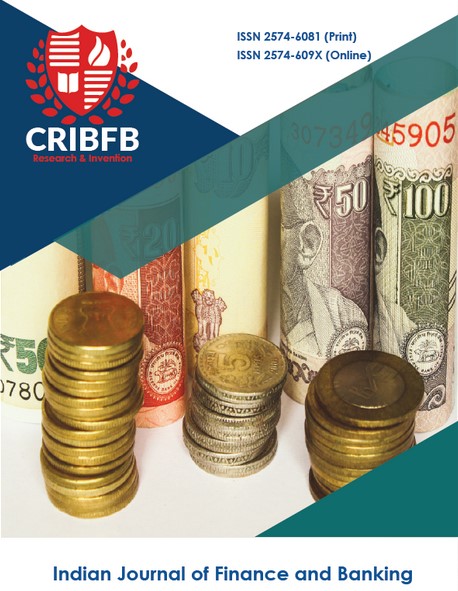An Empirical Analysis on the Future Economic and Financial Growth of the Banking Sector in Nepal
Main Article Content
Abstract
The Nepalese economy always experiences the trade deficit.Only, listed few goods are exported to foreign in cheap price whereas most of basic and all of luxurious items are imported from overseas at a high price. India is an immediate neighbor with whom most of the transactions of import and export are done.Again, the purchasing power of common Nepalese is comparatively high than other underdeveloped nation. The increasing openings of a bank account by people in every bank are a kind of surprise. If we observe the financial statement of every bank the number of the consumer of each product is increasing year by year. Banks are earning more than previous, some are doing good by earning double benefit than previous FY financial statement. Though the country political, economic and social current structure is not so supportive, it is very unusual fact to see the progress of banks and financial institutions. This creates a kind of curiosity to the researcher to find the reason behind it. This topic "increasing access of general people of Nepal to the banking sector is selected to analyze the reason behind in depth that will kind the different dimensions and level of society to formulate their own policies.
Downloads
Article Details
Section
How to Cite
References
Kant A. D & Klapper L (2012) “Measuring Financial Inclusion: The Global Findex Database, The World Bank Development, and Research Group.
Mujer M.K .(2016).Improving access of the poor to financial services- A report prepared for the General economics division of the planning commission to serve as a background study for preparing the 7th five plan (2016-2020) of Bangladesh.
Making access possible (MAP); 2016; Funded by Government of Denmark and DFID
Dhakal, N.H. (2011). Financial Inclusion: State of the Art in Nepal. Washington DC: Consultative Group to Assist Poor: Microfinance Gateway.
Ferrari, A. Jafrin, G. and Shrestha, S.R (2007). Access to Financial Services in Nepal, Washington DC: The World Bank.
McKinnon, R. (1973). Money and Capital in Economic Development, Washington: Brookings Institution.
Morduch, J. &Karlan, D. (2009). Handbook of Development Economics. In D. R. Rosenzweig, Access to Finance (pp. 1-84). Elsevier.
Peachy, S. & Roe, A. (2006). Access to Finance: What does it Mean and How Do Savings Bank Foster Access. Oxford: Oxford Policy Management.
Schumpeter, J. (1934). The theory of Economic Development, Cambridge: Harvard University Press.




